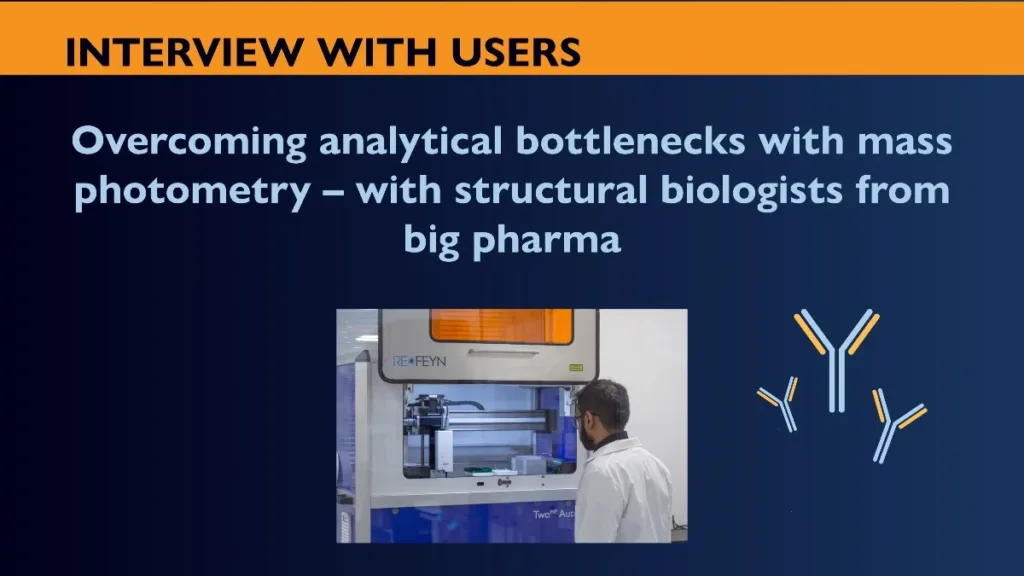
Dr. Martin E. and Dr. Marie A. are experienced scientists – characterizing antibody and gene therapy samples at one of the top 5 pharmaceutical companies. Their lab recently acquired a TwoMP Auto mass photometer and they spoke to us about their initial experience with the instrument and how they are using mass photometry to overcome their analytical challenges.
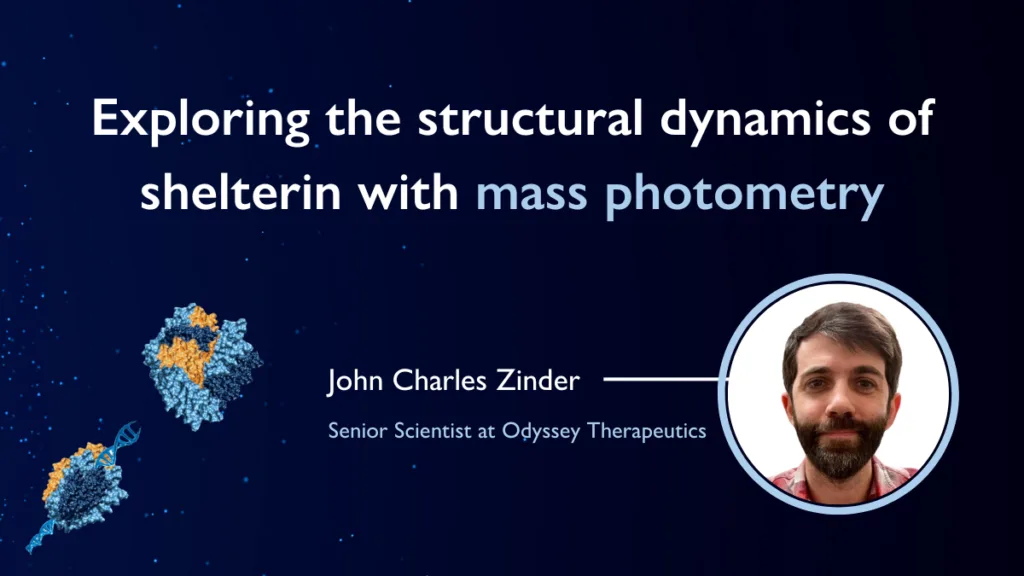
Shelterin is a DNA-binding complex that facilitates telomeric DNA replication and maintenance of telomeric stability 1. Mutations in shelterin components can lead to various pathologies, including cancer predisposition and premature aging.
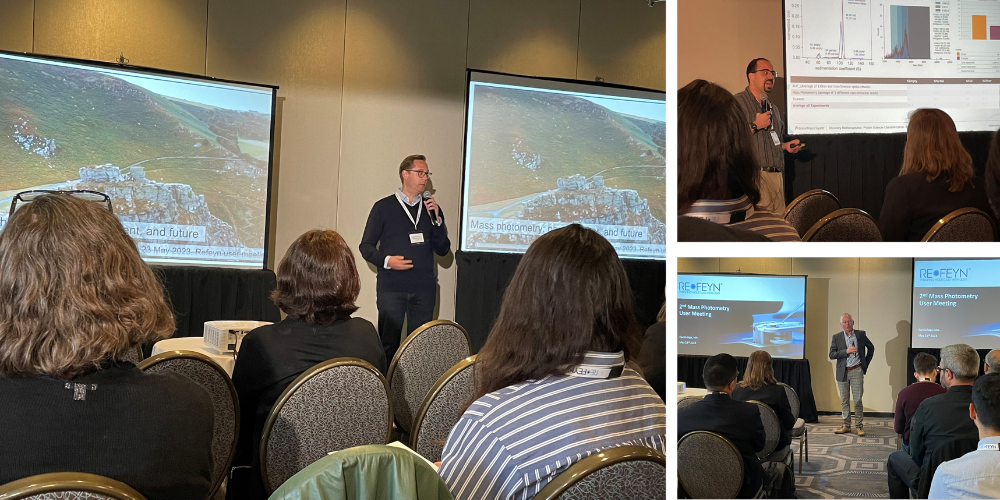
The mass photometry user meeting took place this year on the US East Coast, bringing together a community of scientists from biopharma and academia to share knowledge and discuss the latest advancements in the field of mass photometry.
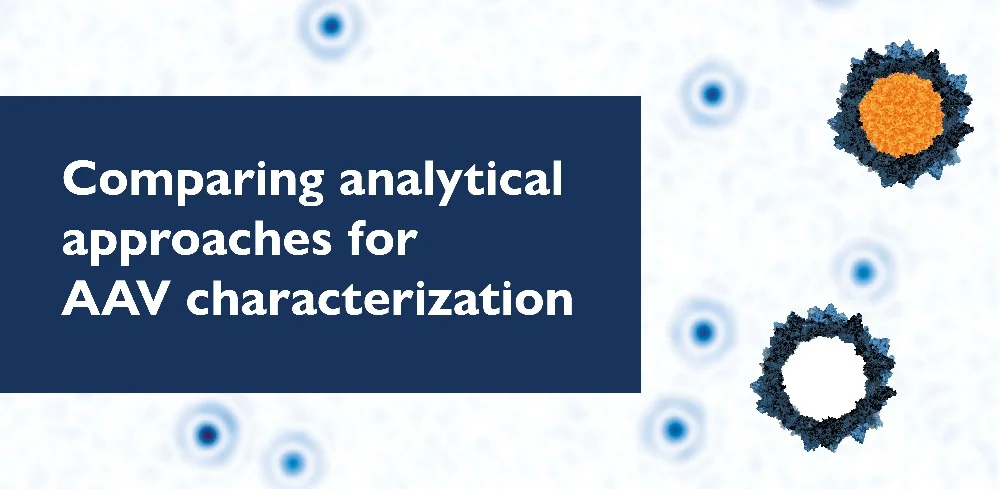
AAV sample characterization is a critical step in research, development and manufacturing processes of gene therapies involving these viral vectors (Figure 1). There are several analytical approaches available to assess critical quality attributes (CQAs) for AAV samples, such as capsid content (empty/full ratios) and titer.
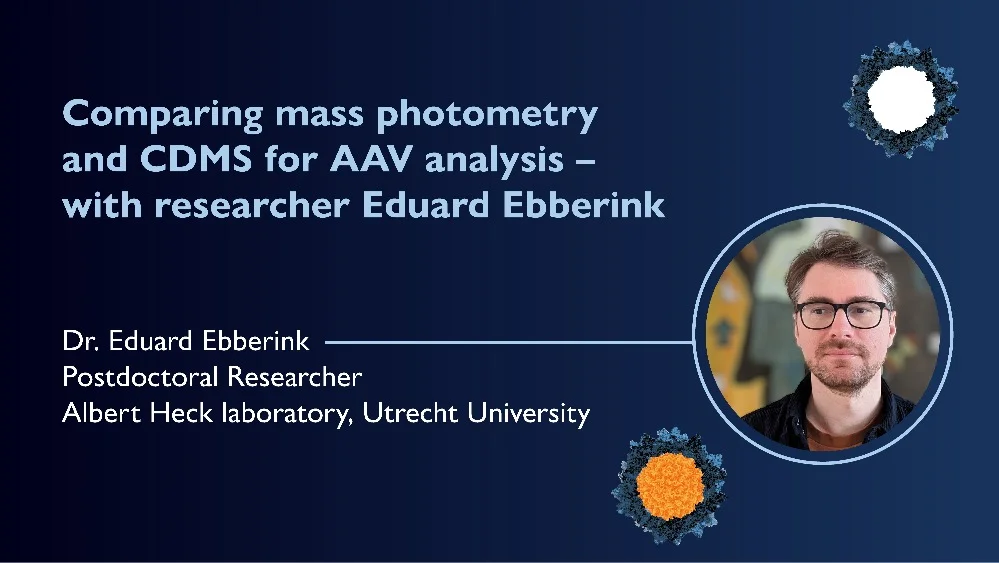
Assessing AAV capsid content is critical for AAV research, development and production. There is an urgent need for reliable techniques that can characterize AAV samples efficiently and accurately, particularly when AAV sample loading shows a high level of heterogeneity [1].
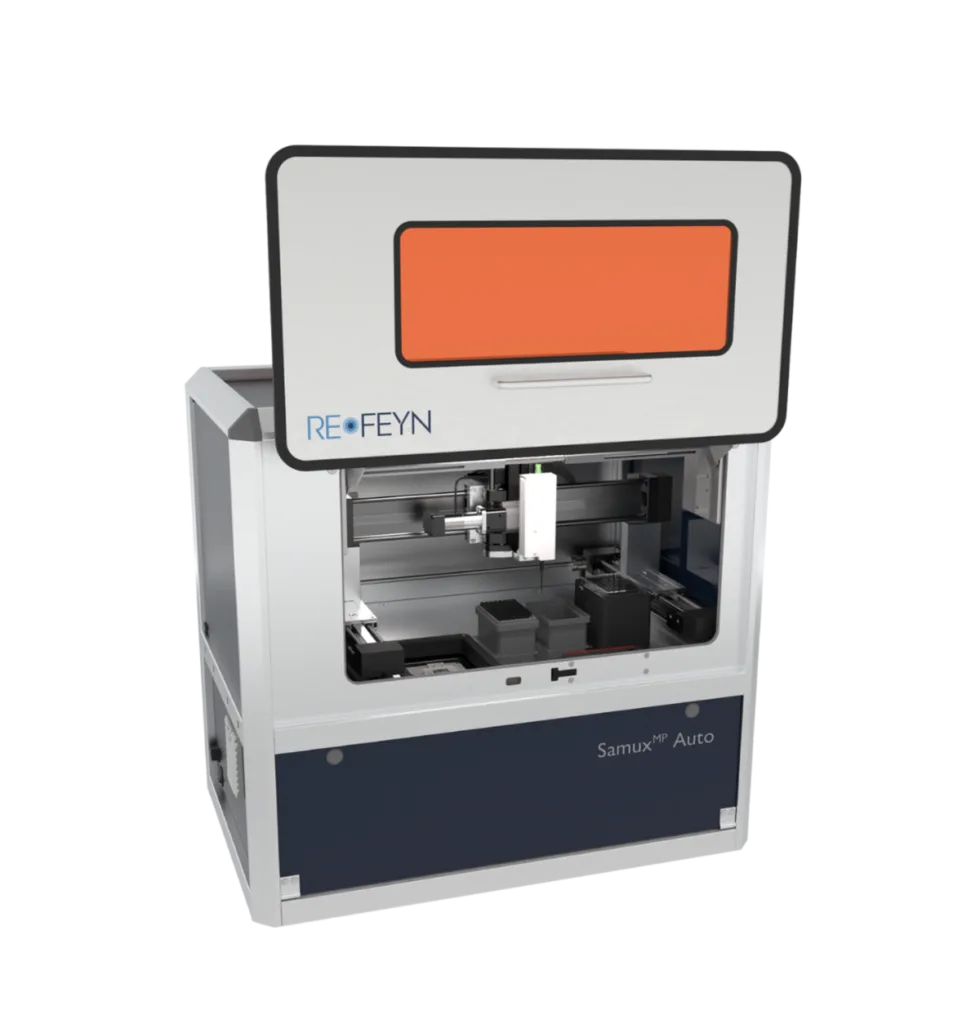
New mass photometer characterizes AAV sample purity and empty/full ratio, with less manual operation time and greater reproducibility
In the article Critical Calibration of Mass Photometry for Higher-Mass Samples Such as Adeno-Associated Virus Vectors (published this month in the Journal of Pharmaceutical Sciences [1]), the authors describe an issue they encountered with their Refeyn OneMP Mass Photometer.
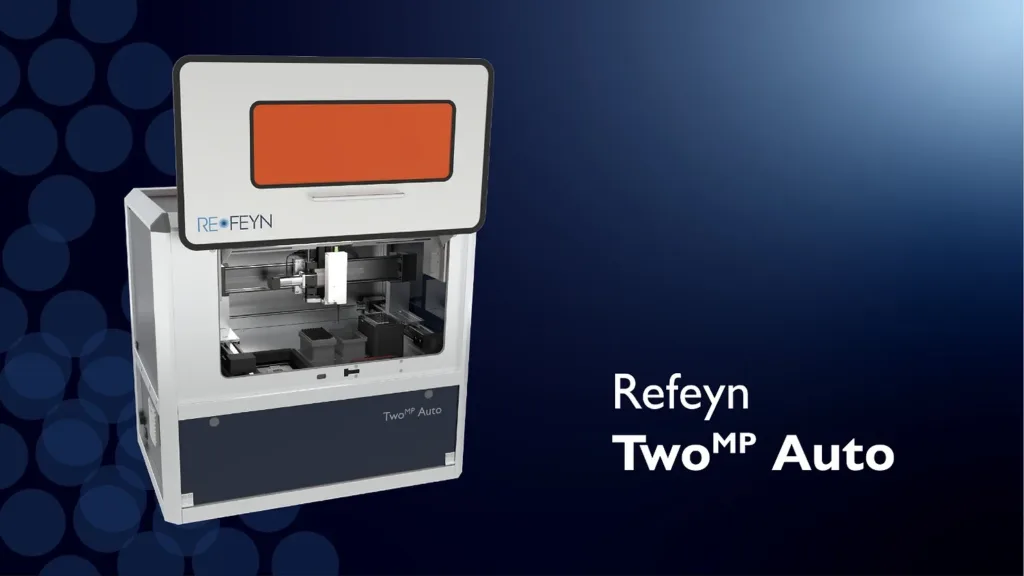
The release of the TwoMPAuto in early 2022 represents an important improvement in the capabilities of Refeyn’s mass photometers. And like with any new product, there are some questions that frequently come up about how it works and what it can do.
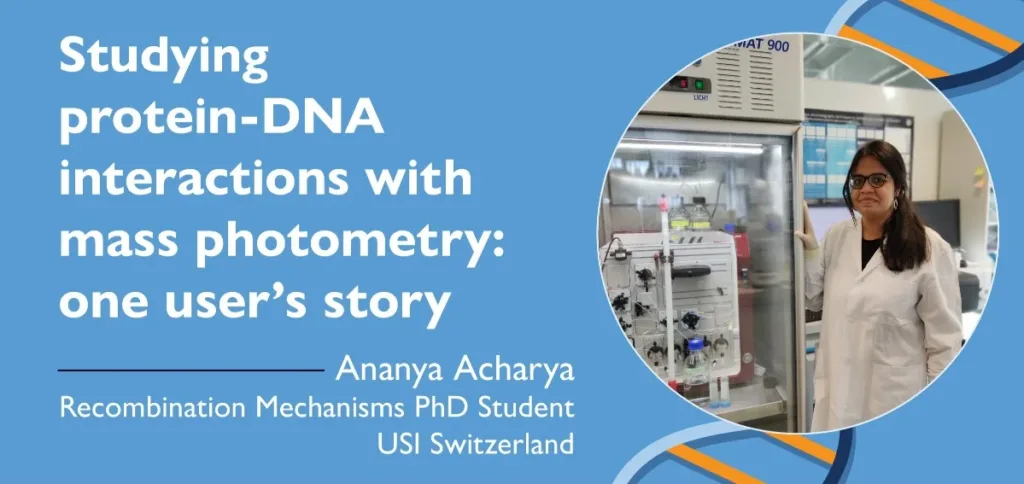
The study of protein-DNA interactions feeds into understanding the mechanisms of DNA replication, repair and transcription, gene expression, and the packaging of chromosomal DNA [1]. Now, a relatively new way to study protein-DNA interactions is entering the analytical toolbox: mass photometry.
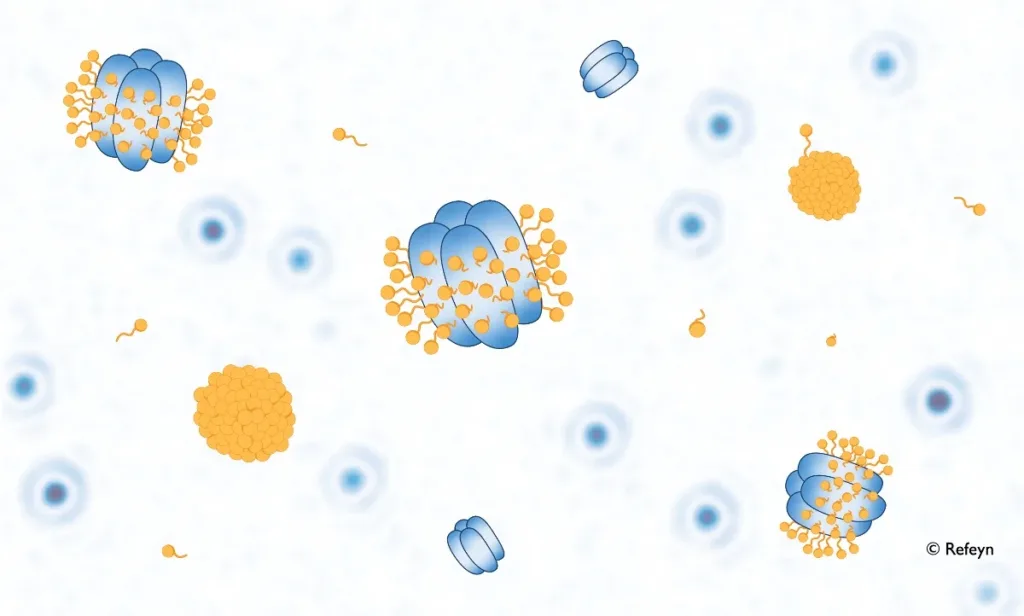
The biologically important membrane proteins remain a challenging target for structural and functional studies, despite recent advances in biomolecular characterization capabilities. This is due to intrinsic difficulties in expressing, purifying and preparing membrane proteins for analysis while preserving their structure and activity.









